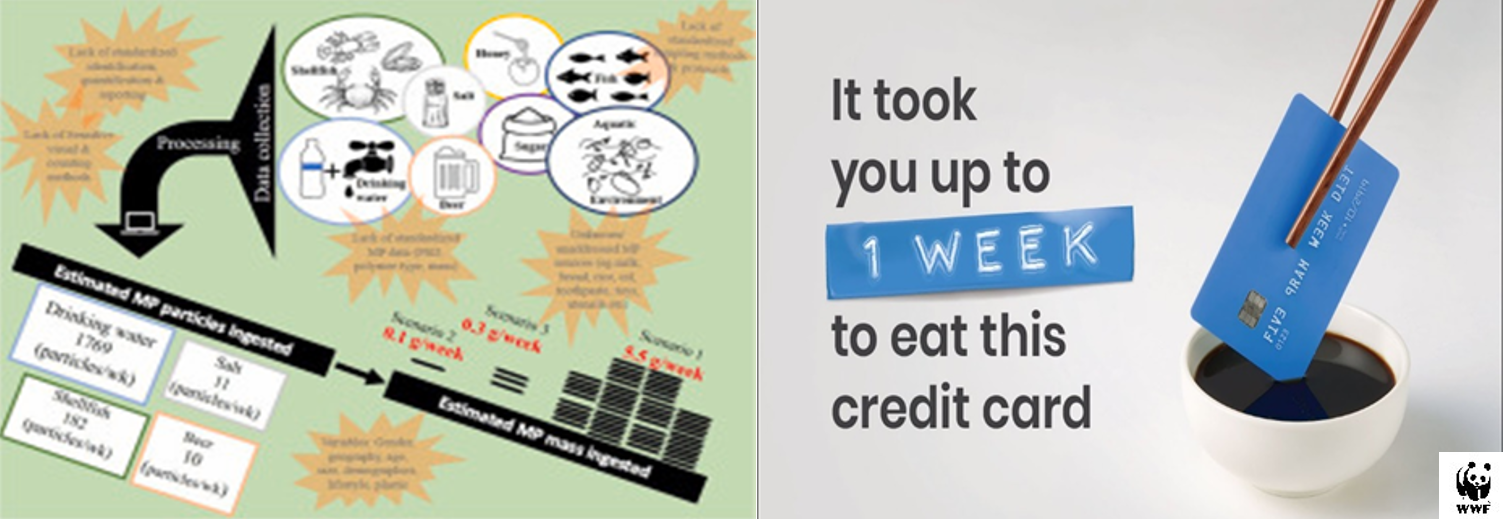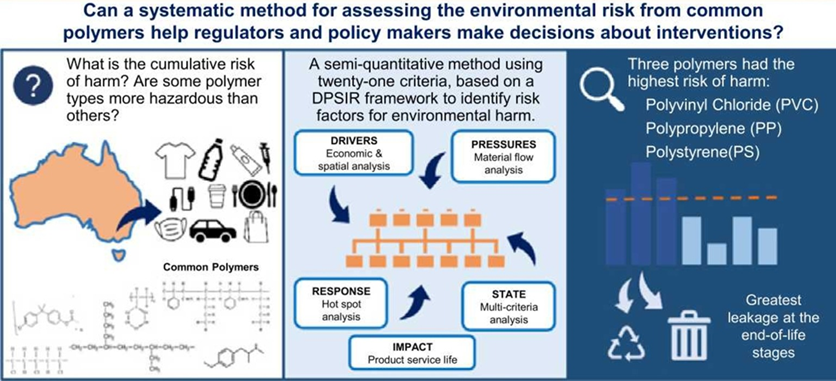Development of strategies to reduce, remove and recover microplastics from the whole of water supply cycle
First published in Water e-Journal Vol 7 No 1 2022.
DOWNLOAD THE PAPER
Research Overview
Microplastics, a recognised emerging contaminant, have been detected in the whole of water supply cycle, including raw water, treated drinking water as well as wastewater and in biosolids. As an experienced water industry engineer, the significance of the provision of a safe water supply cycle underpins Kala’s research focus on the development of strategies to reduce and remove microplastics from the whole of water supply cycle (from catchment to discharge).
Research Objectives
• Investigate the fate, transport and behaviour of microplastics in water supply cycle
• Determine treatment options to reduce and remove microplastics
• Develop a decision framework and toolkit of mitigation strategies to assist with management actions throughout the water supply cycle
Issue
There are currently no regulations that mandate the management of microplastics, hence strategies and treatment options are not well understood/ known. However, there is an increasing amount of evidence indicating that management of this emerging contaminant is needed. Kala’s applied research project intends to contribute towards meeting this need.
Research Benefits
• Adding valuable knowledge to allow for a shared understanding
• Toolkit of strategies to provide viable management options
• Science to inform development of policies and guidelines
Findings to date
An average mass for individual microplastics in the 0–1 mm size range was calculated and the global average rate of microplastics ingested by humans, through various exposure pathways, was estimated to range from 0.1 to 5 g of microplastics per week. This was the first attempt to transform microplastic counts into a mass value relevant to human toxicology and thereby created a new avenue for a human-focused narrative (Figure 1).1
The systematic assessment of the hazardous properties of common polymer types, through the development of an integrated multi-criteria framework, provided a process to identify and prioritize plastic polymers of concern across the material life cycle. In the Victorian case study to evaluate the effectiveness of the framework, the three polymers with highest risk of harm were found to be: (1) polyvinyl chloride, (2) polypropylene, and (3) polystyrene; with dominant sectors being building and construction, packaging, consumer and household, and automotive sectors; with the greatest leakage of plastics at the end-of-life stages. The scalability of the framework supports decision-makers globally to identify and prioritize management strategies to address the risks posed by plastics (Figure 2)2.

Figure 1: Estimation of the mass of microplastics ingested: A pivotal first step towards human health risk assessment

Figure 2: Polymer prioritisation framework: A novel multi-criteria framework for source mapping and characterising the environmental risk of plastic polymers
